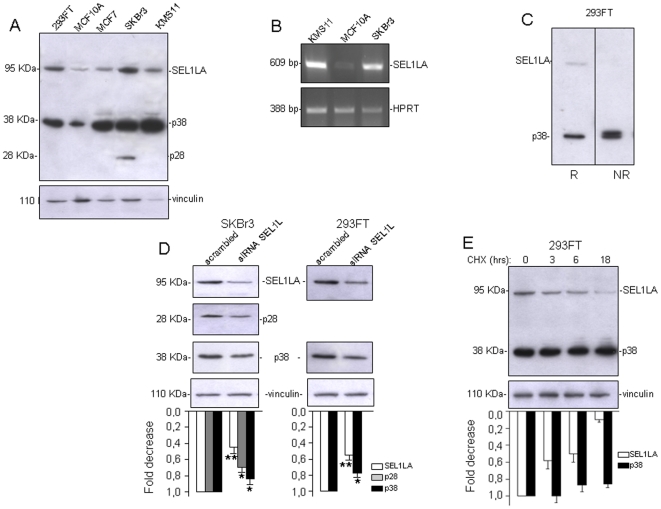Figure 1. p38 and p28 are related SEL1L variants.
A. Western blot analysis: Lysates (50 ug) from different cell lines, including 293FT (embryo kidney), MCF10A (non-tumorigenic breast), MCF7, SKBr3 (breast cancer) and KMS11 (multiple myeloma), were resolved by SDS-PAGE (10%) and probed with monoclonal to SEL1L N-terminus. Vinculin was used as a loading control. In addition to SEL1LA (95 KDa), the N-terminal SEL1L antibody recognized two smaller encoded products, at approximately 38 and 28 KDa (designated p38 and p28). P38 was more abundant than SEL1LA and both were up-modulated in the cancer cell lines relative to MCF10A. P28 was detectable only in SKBr3. Bands above p38, probably corresponding to immature precursors or post-translationally modified products, were occasionally seen in the tested cell lines. The blot is representative of four independent experiments. B. RT-PCR analysis: RNAs from KMS11, MCF10A and SKBr3 cells were analyzed by RT-PCR using primers specific for SEL1LA. Signals shown were obtained with 27 cycles for SEL1LA. HPRT was used as a loading control. SEL1LA was up-modulated in the cancer cell lines relative to the non-tumorigenic MCF10A line. The image is representative of three different assays based on independent treatments. C. Intra/inter-molecular disulfide bonds analysis of p38. 293FT cell lysates were resolved by SDS-PAGE (10%) under reducing (R) and non-reducing (NR) conditions and blotted with monoclonal anti-SEL1L N-terminus. P38 migrated as a doublet under non-reducing conditions (the lanes comparing p38 migration under reducing and non-reducing conditions are from the same gel). D. Down-modulation of SEL1LA, p28 and p38 by SEL1L small interfering RNA (siRNA): Left panel: SKBr3 cells (3×105) were treated with scrambled siRNA or siRNA specific to SEL1L (siRNA SEL1L) for 48 hrs, followed by a second siRNA treatment for further 48 hrs. Silencing efficiency was verified by Western blot. SEL1LA, p28 and p38 protein levels decreased close to 55%, 30% and 16% respectively compared to cells treated with scrambled siRNA. Vinculin was used as a loading control. Right panel: 293FT cells (6×105) were treated with scrambled siRNA or siRNA-SEL1L for 48 hrs. SEL1LA and p38 protein levels decreased close to 45% and 23% respectively compared to cells treated with scrambled siRNA. Vinculin was used as a loading control. The histograms show values normalized relative to housekeeping signals and expressed as fold modulation relative to controls, densitometric analysis was determined using the Scion imaging program. (www.scioncorp.com). The data are the averages of three independent experiments, ±SD; Student's t-test was used to determine statistical significance *p<0.1; **p<0.05. E. Analysis of p38 and SEL1LA stability: 293 FT cells (6×105) were treated for 3, 6 and 18 hours with cycloheximide (CHX, 200 µg/ml). Aliquots of lysates (50 µg) were resolved by SDS-PAGE (10%) and probed with monoclonal anti-SEL1L and anti-vinculin antibodies. Unlike SEL1LA, which progressively decreased during cycloheximide exposure up to about 90%, p38 levels did not change significantly. The histogram shows the densitometric quantifications obtained through Scion imaging program (www.scioncorp.com). Values were normalized relative to housekeeping signals and expressed as fold modulation relative to untreated samples. The data are averages of two independent experiments, ±SD.

